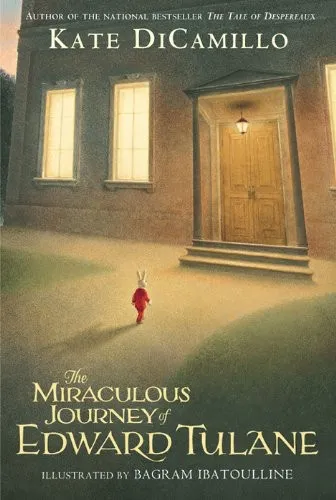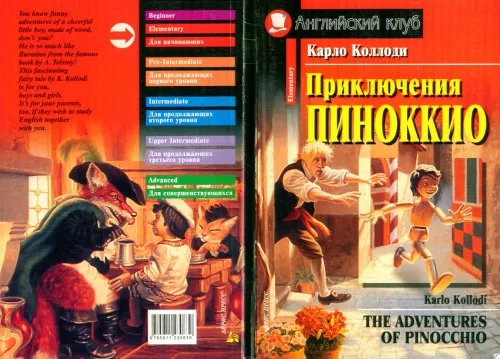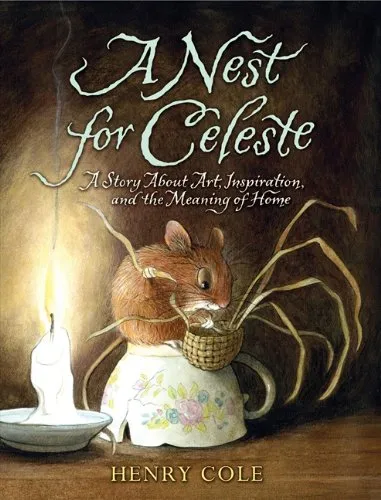The Miraculous Journey of Edward Tulane
4.5
Reviews from our users

You Can Ask your questions from this book's AI after Login
Each download or ask from book AI costs 2 points. To earn more free points, please visit the Points Guide Page and complete some valuable actions.Related Refrences:
Analytical Summary
Kate DiCamillo’s *The Miraculous Journey of Edward Tulane* stands as a distinguished work of modern children’s literature, notable for its thematic depth and emotional resonance. Published in 2006, this illustrated novel, brought to life by the artistry of Bagram Ibatoulline, traces the journey of a porcelain rabbit named Edward whose odyssey becomes a meditation on vulnerability, resilience, and emotional awakening. Though nominally classified as juvenile fiction, the book operates on multiple interpretive levels and offers rich material for academics, educators, and literary professionals seeking to study narrative craft and moral philosophy in a compact form.
The narrative begins with Edward as a self-absorbed figure, cloaked in the trappings of elegance but untouched by meaningful connection. Through a succession of owners and circumstances—spanning privilege, hardship, and abandonment—Edward experiences the full spectrum of human (and anthropomorphic) emotion. This progression is neither linear nor sentimental; instead, it functions as a layered exploration of how relationships, loss, and time shape identity. Each pivotal episode is accompanied by meticulously detailed illustrations that reinforce tonal shifts and underscore emotional beats, offering readers a visual lexicon alongside the text.
This analytical lens reveals particular strengths: tightly woven prose, symbolic repetition (especially around water, journeys, and gazes), and a willingness to confront complex themes such as grief and renewal in a format accessible to younger readers. For scholars, the book invites comparative studies with fables, allegories, and moralistic novels, situating Edward’s metamorphosis within a broader tradition of character-driven transformation narratives.
Key Takeaways
Readers and analysts alike will find *The Miraculous Journey of Edward Tulane* a compelling case study in the mechanics of empathy and transformation, encapsulating universal human truths within a deceptively simple storyline.
Foremost among its lessons is the necessity of openness to emotional risk—Edward’s unwillingness to love early in the story parallels common human avoidance patterns. The book also demonstrates the structural power of episodic storytelling, where each chapter represents a discrete emotional trial yet feeds into a larger arc. Furthermore, the collaboration between author and illustrator exemplifies how visual and verbal narratives can intertwine to deepen thematic impact.
For professionals in education and literary criticism, the work serves as an accessible entry point to discussions about moral development, representation of trauma in youth literature, and the balance between hope and realism in character resolution.
Memorable Quotes
Sometimes we are transformed most profoundly by the very experiences we resist. Unknown
The journey is not about what is lost but about understanding what remains. Unknown
Why This Book Matters
Beyond its surface appeal as a beautifully told children’s story, *The Miraculous Journey of Edward Tulane* holds scholarly significance within literary and cultural studies.
The book’s moral complexity positions it as a microcosm of human interaction, ripe for interdisciplinary exploration—from developmental psychology to art education. Its treatment of empathy as a learned skill challenges simplified moral archetypes often found in children’s literature. Moreover, the collaboration between Kate DiCamillo and Bagram Ibatoulline demonstrates the educational potential of integrated media, making the text a template for engaging diverse audiences without diluting thematic rigor.
For academics, the scarcity of overt moralizing combined with an unflinching portrayal of emotional hardship creates fertile ground for research into narrative ethics and reader-response theory.
Inspiring Conclusion
*The Miraculous Journey of Edward Tulane* is more than a tale of a porcelain rabbit—it is a mirror reflecting our own capacity for change.
By inviting readers into Edward’s evolving consciousness, Kate DiCamillo and Bagram Ibatoulline have crafted a story that transcends age and genre boundaries. If this introduction has sparked your intellectual curiosity, consider engaging further: read the book with a critical eye, share its lessons in your circles, and discuss its themes within academic or professional forums. Such dialogue ensures that the journey—both Edward’s and our own—continues to unfold in meaningful ways.
Free Direct Download
You Can Download this book after Login
Accessing books through legal platforms and public libraries not only supports the rights of authors and publishers but also contributes to the sustainability of reading culture. Before downloading, please take a moment to consider these options.
Find this book on other platforms:
WorldCat helps you find books in libraries worldwide.
See ratings, reviews, and discussions on Goodreads.
Find and buy rare or used books on AbeBooks.
1288
بازدید4.5
امتیاز50
نظر98%
رضایتReviews:
4.5
Based on 0 users review
"کیفیت چاپ عالی بود، خیلی راضیام"
Questions & Answers
Ask questions about this book or help others by answering
No questions yet. Be the first to ask!




